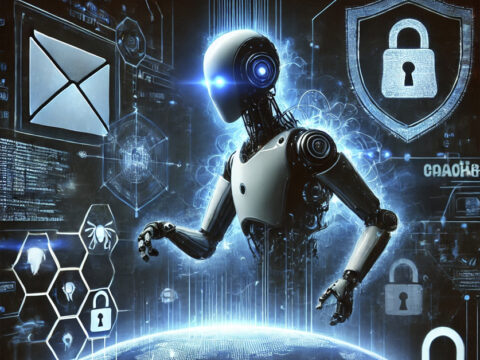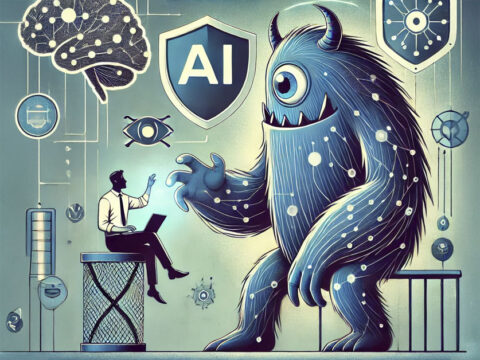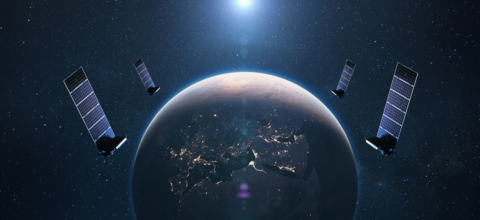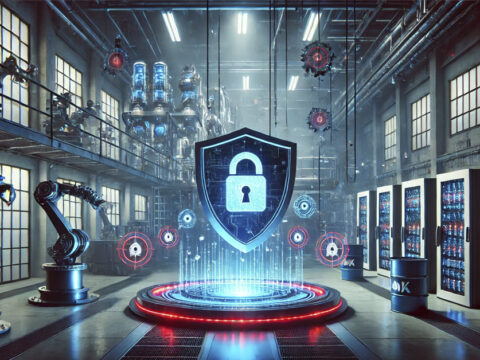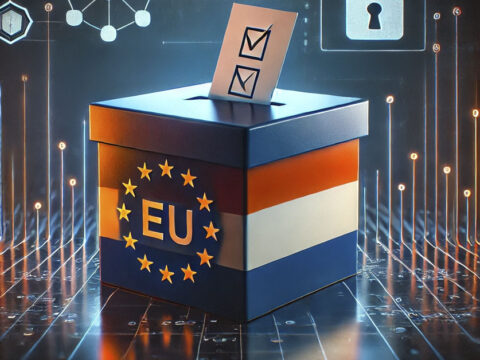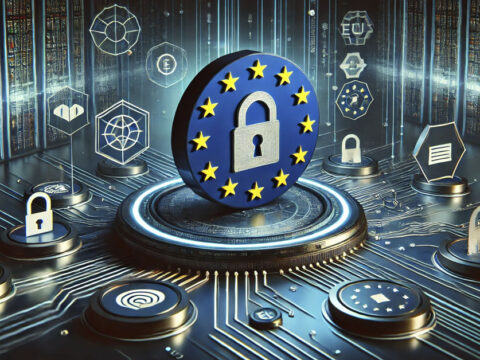The Cybersecurity Big Bang
BLOG – We stand at the beginning of something new. It is exciting, alluring, and sometimes overwhelming. One thing is certain: it will transform organizations across all sectors – the Big Bang of artificial intelligence (AI).
For more than a decade, AI has been driving significant productivity gains. Over the past eighteen months, the technology has accelerated with the widespread adoption of generative AI (gen-AI). A McKinsey study predicted that by the end of 2023, a quarter of C-level executives globally would be using gen-AI tools for their work. Today, about two-thirds of knowledge workers worldwide are utilizing AI.
While the benefits of AI for organizations are substantial, the rapid development of gen-AI technologies has also provided a powerful and dynamic toolbox for cybercriminals to prepare attacks. This allows malicious actors to become more sophisticated, faster, and more persistent. At Palo Alto Networks, we identify 2.3 million new and unique threats daily and block 11.3 billion threats. We expect these numbers to continue rising.
Business Leaders See a Cyber Event as the Biggest Business Risk for 2024
As AI continues to fuel the rapid development of the threat landscape, our response must be robust, comprehensive, and precise when protecting organizations. This requires the best cybersecurity platforms, strong industry partnerships, and close collaboration with policymakers and governments.
Stability
As digital technologies play an essential role in both the public and private sectors, ensuring robust cybersecurity measures is crucial for maintaining socio-economic stability. Consequently, this has become a priority for boards of directors and leadership teams in organizations worldwide. This was highlighted in the ‘Allianz Risk Barometer Report,’ where business leaders identified a cyber event as the biggest business risk for 2024.
From GDPR to PSD and PSD2 to NIS2, Europe Has Chosen a Layered Approach
In response to the growing threat landscape, policymakers in Europe and around the world are introducing rules and regulations to mitigate risks, increase resilience against cyberattacks, and protect critical infrastructure and personal data. For instance, the goal of NIS2 is to standardize and strengthen security protocols within EU member states, ensuring a high level of network and information security across the continent.
While governments worldwide have enacted legislation to protect our digital way of life, many see the European Union as a leader in this area. From GDPR to PSD and PSD2 to NIS2, Europe has chosen a layered approach that combines legislation, technical measures, and international cooperation. These rules exist because governments recognize that digital infrastructure plays a crucial role in our society and economy. As energy networks, transport systems, healthcare providers, and financial institutions become more dependent on technology, they become more effective and efficient but also much more vulnerable to cyberattacks. Therefore, senior leaders are held responsible, with severe penalties for non-compliance with legal requirements. It is now widely recognized that cybersecurity issues are no longer solely the responsibility of the technical department but a concern for everyone, from top management to the production floor.
A Precision Approach
We live in an exciting time – rapid technological advancements can create opportunities for innovation and growth. The key to harnessing these new opportunities is risk mitigation, which is significant when it comes to AI. The only way to combat the threats posed by cybercriminals using AI is by using AI ourselves.
Cybersecurity is a data problem, and AI technology can only be effective in improving security outcomes if there is an enormous amount of high-quality data available. This is why we recently launched precision AI, based on one of the largest datasets of threat intelligence in the world, collected from networks, firewalls, cloud assets, endpoints, and security operations centers globally. Crucially, amidst the most challenging threat landscape we have ever seen, this technology combines the best of machine learning and deep learning, using gen-AI, to block attacks on businesses in real-time.
In this digitalizing world, it is essential that cybersecurity solutions provide real-time protection and autonomous (read: automated) security from a platform approach to help businesses and organizations simplify their cybersecurity technology. Essentially, you fight fire with fire by using AI against AI. By raising the security level, your system learns and adapts to fend off threats, ensuring it remains functional even in the face of the worst external threats.
Revolution
AI is revolutionizing our business world. The capabilities of AI to transform and accelerate businesses go beyond technology systems. To fully capitalize on the benefits of AI, we need to rethink how we assess threats, defend against attacks, and develop the skills necessary to navigate this new terrain. Integrating AI into cybersecurity is not just a trend; it is a necessity. By leveraging the power of AI to detect threats, implement AI-based defense mechanisms, and proactively analyze threat intelligence, companies can strengthen their digital infrastructure.
It’s not about being as good as our cyber adversaries; it’s about outsmarting them. As AI continues to evolve, our strategies to secure our digital assets must evolve as well. Embracing AI in cybersecurity is not just about survival; it’s about thriving in an increasingly complex digital landscape.
Source: Helmut Reisinger for Computable.nl

